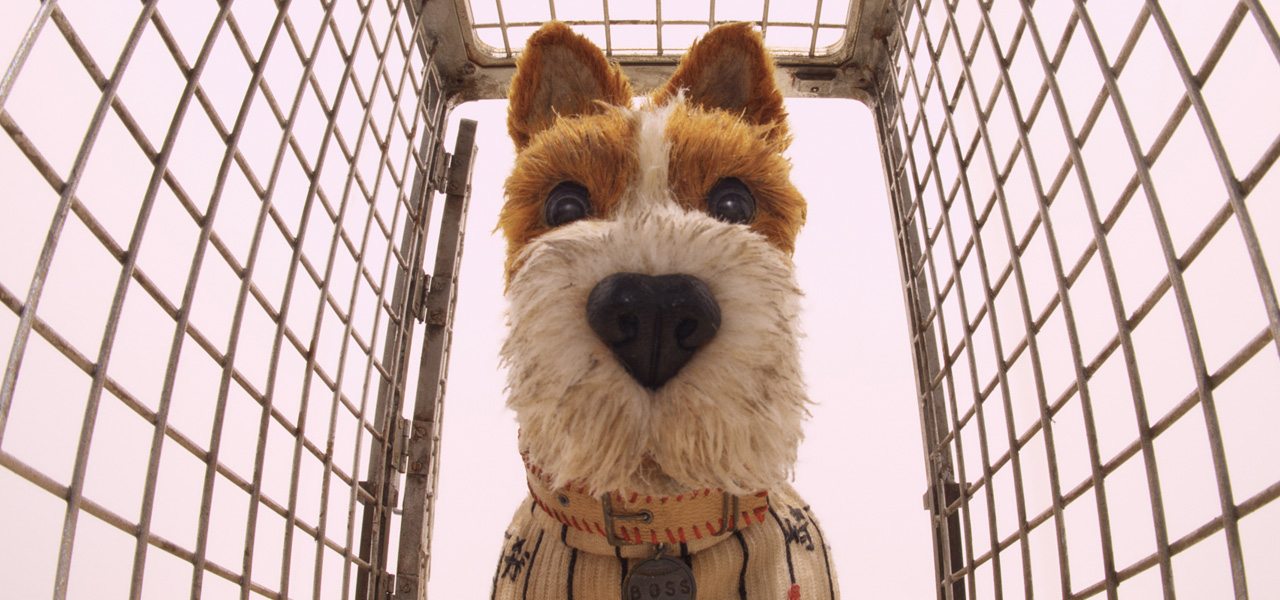
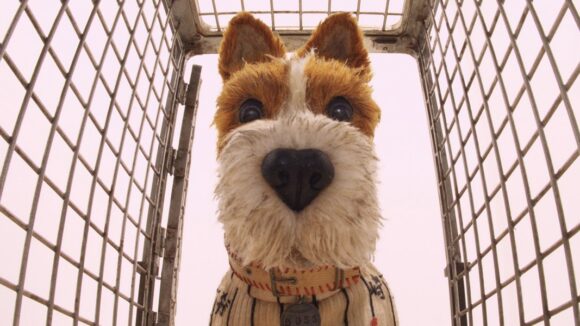
‘Isle of Dogs’: Animation Director Mark Waring Explains How To Animate A Wes Anderson Film
When Isle of Dogs animation director Mark Waring asked Wes Anderson what kind of film the director wanted to make, he says Anderson told him he “wanted to make sure you were definitely watching a stop-frame film and not a cg film.”
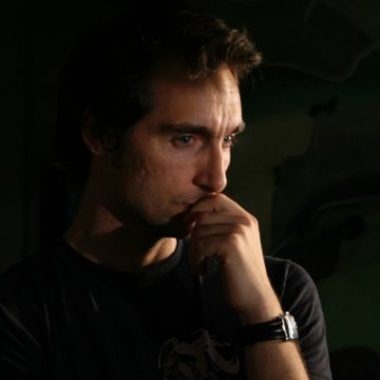
Isle of Dogs is definitely that; a stop-motion tale that feels decidedly hand-crafted. While digital technologies certainly played a part in its creation – from DSLRs, stop-frame software, visual effects augmentation, and some 3d printing – there’s a feeling of authenticity in the way the story of a group of quarantined Japanese dogs is told (some have even likened it more to a live-action film).
Anderson has worked in stop-motion before, of course, with Fantastic Mr. Fox and in some scenes in The Grand Budapest Hotel, but Isle of Dogs had a whole new set of animation hills to climb. Waring details the various challenges, from co-ordinating a total of 240 sets, utilizing 1000 puppets, and managing dozens of crew. Plus he reveals the most intricate parts of making the film, such as animating dog fur and that meticulous sushi preparation scene.
Puppet making
Production on Isle of Dogs began with the script, and almost immediately some early voice recordings from the cast (which includes Bryan Cranston, Edward Norton, Bill Murray, and Jeff Goldblum). From there, boards were created, led by storyboard artist Jay Clarke, that were edited into a detailed animatic. A few scenes were previs’d in cg but only where they involved complicated set-pieces. Live-action videos (LAVs) shot by animators and Wes Anderson himself also became part of the mix.
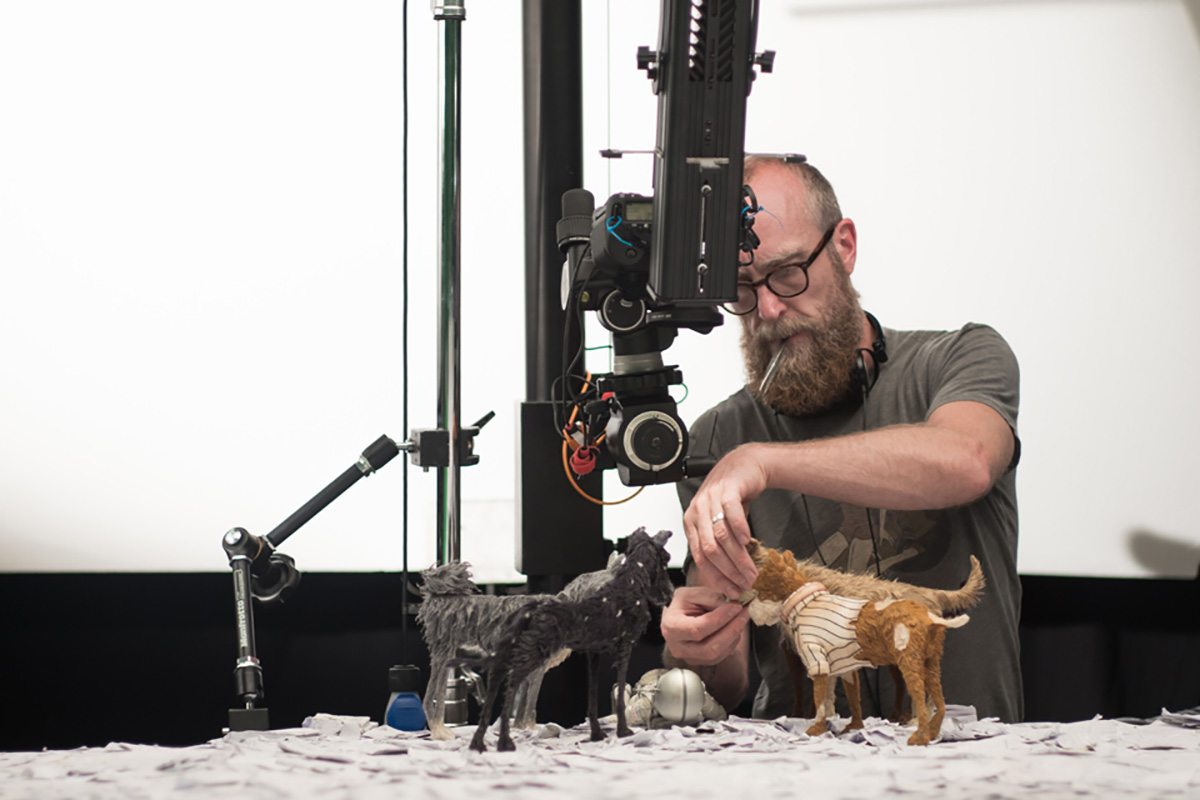
Next came the puppet build stage. This was a massive project that involved human and dog creations at various scales – normal, oversized, large, medium-small, and extra small – to accomodate different sets and angles. Face replacement was used for the human characters to enable different face shapes, with modelers relying on translucent resin for the skin. The dogs started as clay sculptures before armatures were produced. Some evil robot dogs were 3d printed. The result was a build of around 1000 puppets (500 humans and 500 dogs).
Even though face replacement was used for the humans, this remained within a very limited palette, notes Waring, who had previously been animation supervisor on Fantastic Mr. Fox. “It was deliberately designed to give a punchy feel. An expression would go from one shape like a frown to a smile popped in one frame. It was almost a kabuki theatre mask approach. And rather than have a full phonetic breakdown of every single mouth shape and in-betweens to make it very fluid, we had only 12 or 14 key shapes for all of the things they had to do.”
On the other hand, the dogs were purposely rendered as simply dogs that talked, but not necessarily humanized. This, says Waring, meant that the puppet building team and the animators had to find a language for the animals that felt expressive, but still dog-like. “They had a mechanical head underneath the fur that allowed us to get quite a lot of expression out of the dogs in terms of raising eyebrows, cheeks, and snarling, and being able to show fear, excitement, and sadness,” said Waring. “The idea was to make the dogs very expressive characters, more so than maybe the humans actually were.”
Isle style
Waring then oversaw a large amount of puppet animation testing at the start of production at 3 Mills studios in East London. This involved figuring out how to realize elements like steam, air, smoke, and water, as well as establishing walk cycles and movements for the characters.
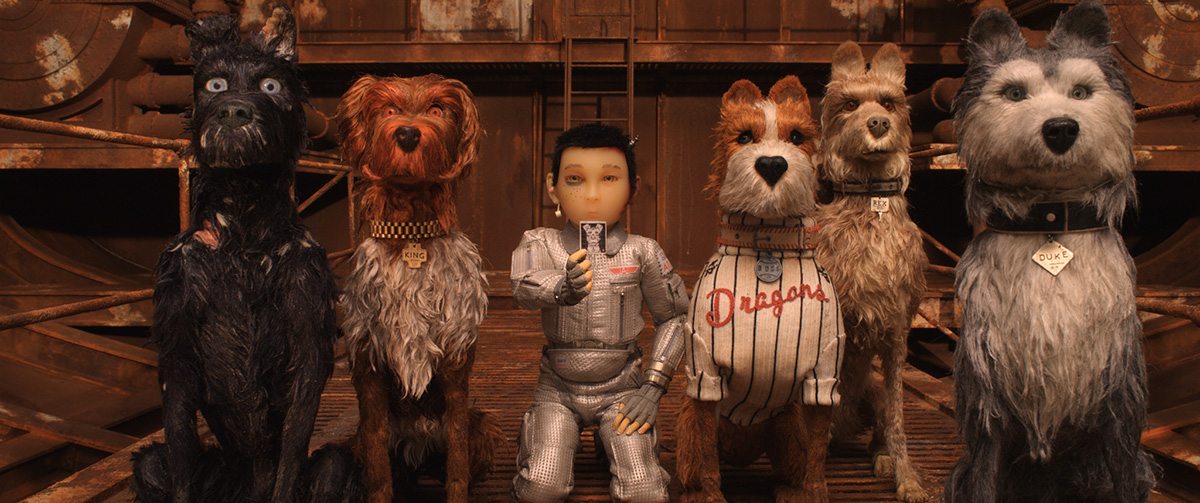
“We had some dog handlers bring some dogs into the studio,” he said. “We filmed them doing various things and analyzed how they walked, how they moved, how they reacted in certain situations. Then although a lot of characters in the film are based on humans, there were certain characteristics that Wes would pick out, say from Japanese or Kurosawa films, so we looked to specific Japanese actors and researched that side, and then created this huge database of reference.”
At 3 Mills, around 30 animators and assistants were typically shooting at any one time on multiple stages. The sets were detailed but remained relatively minimalist, and scenes were filmed in a typical Wes Anderson symmetrical manner.
Animators shot predominantly on twos, resulting in 12 images per second, with the idea of giving the final look a different edge than what can sometimes look like perfect and smooth stop-motion animation. “It’s still very smooth, but it just breaks it up a little bit,” explained Waring.
How the dog fur was tackled is a classic example of the different kind of edge Anderson and Waring were going for. They intended from the very beginning to retain the boil in the fur, that is, to have it randomly move simply by the nature of stop-motion animation when the puppet is moved between frames without caring too much about the position of the fur. But, in addition, the fur was made to slightly shimmer thanks to hairspray and hair gel that stiffened clumps of the hair up to be manipulated, even if the character was not moving.
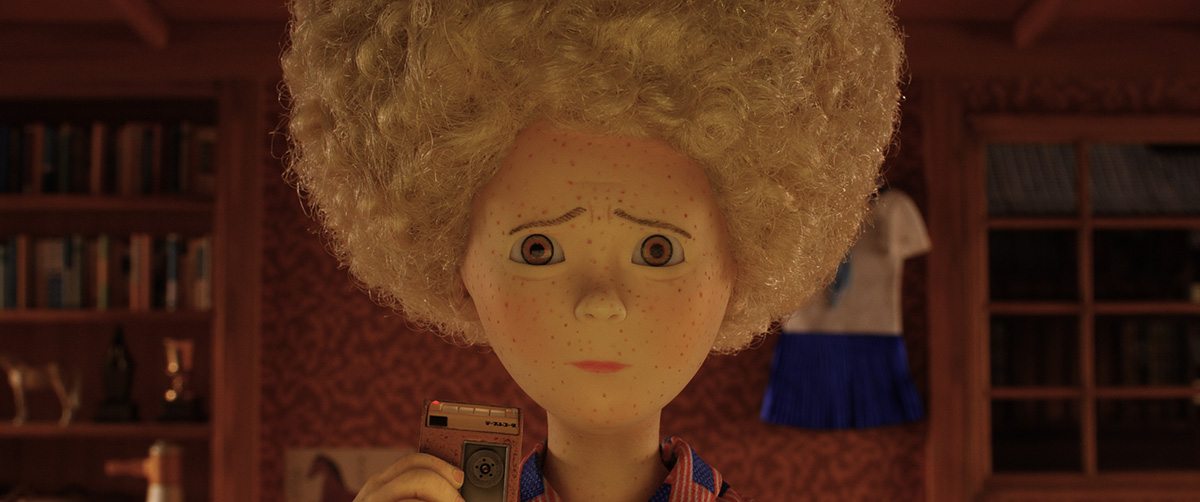
“We called it the Trash Island wind,” said Waring. “It was like it just blew over everything. But then it creates a uniformity over everything. Again, it just gave it a little handmade feel. It felt like someone was literally handling these puppets.”
“I mean,” added Waring, “you could argue if you were an animation purist, ‘Well, you can see it’s all being touched, and it’s all moving around.’ But that’s exactly what Wes wanted. He wanted to make you see that and understand somebody is making this move. This is a real object that’s been handled by a craftsperson.”
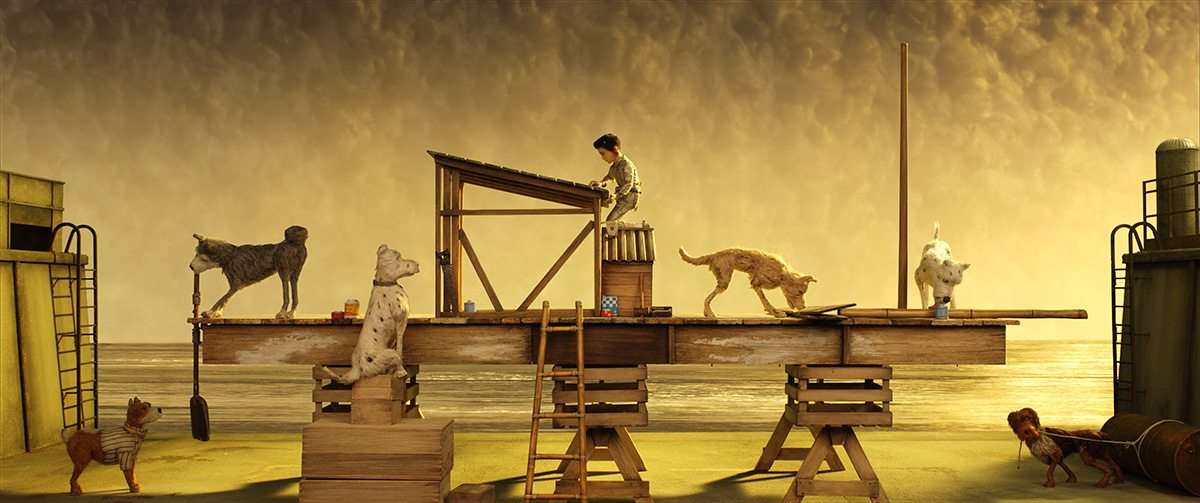
Making sushi, Wes Anderson style
Dog fur was tricky enough, but Waring says one of the most challenging scenes was the preparation of the sushi delivered to the character Professor Watanabe. Overseen by animation supervisor Brad Schiff, who worked for months with animators Andy Biddle, Tony Farquhar-Smith, and Tobias Fouracre, the sushi scene was intense.
“Wes wanted to make it so you could give it to one of the top sushi chefs in the world and he would totally understand what you were doing, but still do something that no sushi chef had ever done before,” said Waring.

Ultimately, different scaled sets and puppet hands and props made the sequence possible, along with detailed armaturing of fish and other food to showcase the intricacy of the sushi preparation. Waring feels like the shots really summed up the director’s approach to the film.
“It took us months and months of research, but it was incredibly worth it in the end. Wes was good like that. He forced us into areas where, not that we didn’t want to go, but we had to go a long way down into the depths of research to find out, ‘How do we even do that in stop-motion?’”

.png)